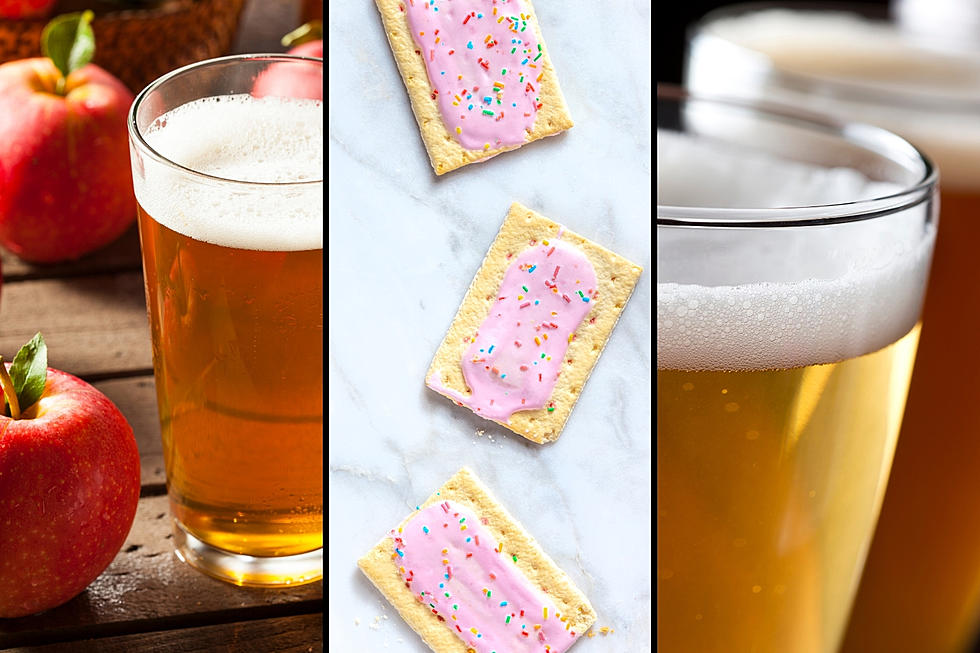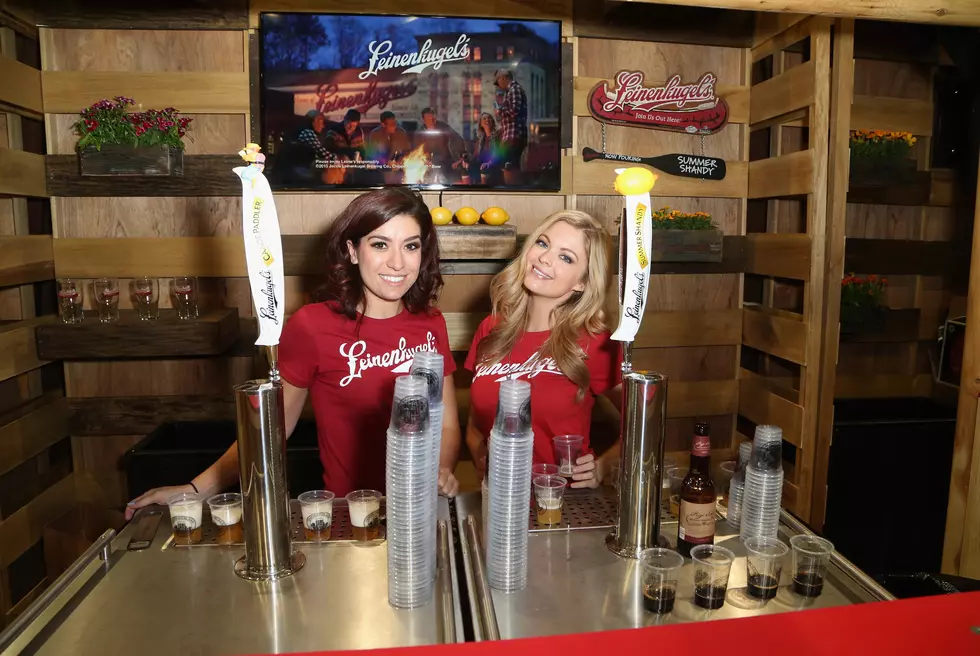
What are the Different Types of Craft Beer?
With the growing number of locally-produced craft beer choices available at Twin Ports establishments, simply ordering a beer can be a challenging task if you aren't familiar with your options. Do you know the different types of craft beer? Here's a breakdown of some of the different varieties.
Craft beers are broken into two different families, ales and lagers. Those are probably terms you've heard before.
Ales
Ales are the more common of the two craft beer categories. They also happen to be the older of the two types of beer, having a history thousands of years older than lagers. Created in many different varieties, the ale style of beer is brewed with top-fermenting yeast and fermented warm. Beer-Faq explains that ales are generally "stronger and more forceful in taste" than lagers, due to their faster and warmer fermentation (the process can take as little as a week to complete). In most instances ales are also served "warm" or at "cellar temperature" which is around the 50 degree mark. This is much warmer than how lagers are served.
While there are many types of ales, some of the major types are described below:
- Brown Ales are reddish or brownish colored beers that are pretty mild in flavor. Flavor association with brown ales tend to offer hints of caramel, toffee, or coffee.
- Pale Ales are lighter-colored beers that have a sharper, more bitter flavor. Included in this family of ales are Amber, American Pale (APA), Blonde, Irish Red, and India Pale Ale (IPA).
- Porters are a dark style of beer that tend to offer flavor notes that include chocolate, coffee, or roasted grains. While a on the "thicker" side of beer texture, Porters are thinner and more mild than their cousins, Stouts.
- Stouts are a dark, rich beer that is similar to a Porter. Some people would refer to these beers as being "thick", or "creamy" compared to other beers and tend to be darker and "thicker" than porters. Flavor notes include hints of coffee, chocolate, licorice, or molasses.
Lagers
Lagers are less common on the craft beer scene, but are commonly available in major brand names like Budweiser, Miller, and others. Lagers are made with bottom-fermenting yeast, and are brewed at colder temperatures. Due to the colder temperatures involved, the process can take weeks to months in order to get a finished product. Beer-Faq explains that the colder fermentation process tends to provide a cleaner, crisper, smoother, and more mellow taste. Lagers are always served at a colder temperature, closer to 40 degrees.
While there are several types of lagers, here are some of the major types:
- Pale Lagers are light in color and body. They are highly carbonated and have a light, refreshing taste. This is one of the most common style of beer associated with what many Americans consider mainstream beer.
- Pilsners are lighter in color and are highly carbonated like Pale Lagers. Unlike Pale Lagers, Pilsners have a more bitter taste and distinctive flavor. This is another variety of beer Americans consider a mainstream offering.
- Märzens, or Oktoberfest beers are full-bodied beverages that are a dark copper or amber in color. They offer toasty and rich flavors that tend to be maltier in taste.
- Bocks vary in color, but all tend to offer a blend of malty sweetness and hoppy bitterness. They tend to be a heartier beer with a touch of hoppy bitterness to balance out the largely malty flavor.
Try a wide variety of craft beers, including those described above, at Twin Ports on Tap on June 28. Get tickets and further information below.
More From MIX 108








![Will They Break? How Much Weight Does It Take To Break Beer Sampling Glassware [VIDEO]](http://townsquare.media/site/164/files/2014/10/break002.png?w=980&q=75)
